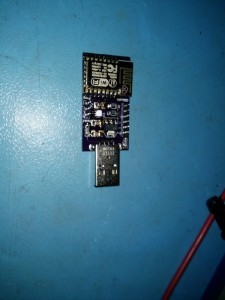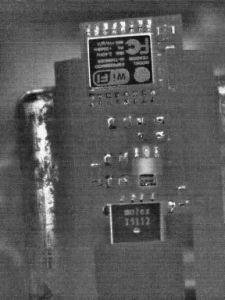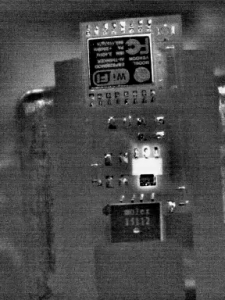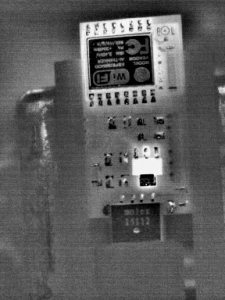I’ve been working with the ESP8266 chip, specifically the ESP-07 and ESP-12 modules available for cheap… One of my Phrobs has an SI7020 I2C – temperature/humidity sensor on board. As I’m a beginner at hardware, I’ve had to crank out a couple revs of this board due to thermal coupling issues. The temperature reads about 9C higher than ambient which obviously affects the humidity reading. My second rev of this board had the SI7020 isolated with its own grounding vs the LDO ground plane and the ESP8266 ground plane… I was hoping to be able to dissipate the heat other than through the substrate. As you can see below, I was wrong.
Here is the board:

Here we are plugging in the USB power:

Here it is immediately after plugging in the USB power:

And here it is 90 seconds later…

Images were taken using a Therm-App android thermal imaging camera borrowed from Angus.
